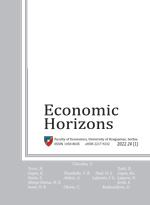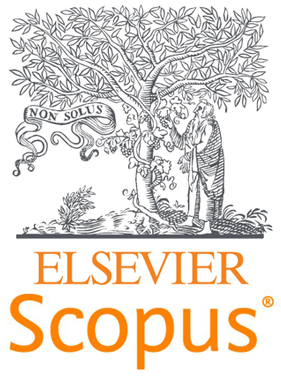The New Keynesian Phillips curve and the effects of domestic inflation drivers in the Republic of Serbia
Vladimir Mihajlovic
Faculty of Economics, University of Kragujevac, Kragujevac, The Republic of Serbia
This study investigates the validity of the New Keynesian Phillips curve in the Republic of Serbia. By means of empirical analysis, the impact of domestic inflation drivers, i.e. inflation expectations, real marginal costs and the output gap, is quantified. The results reveal that inflation in Serbia responds more intensively to negative rather than positive supply and demand shocks as it decreases more significantly in economic contraction than in expansion. The estimated model of the New Keynesian Phillips curve with marginal costs gives the unambiguous evidence that the growth of cost-push inflation could be reduced by a productivity-enhancing policy. Expected inflation significantly impacts the actual inflation rate, albeit inflation dynamics are dominated by inertia, i.e. past rates affect the current. The empirical estimate of the New Keynesian Phillips curve model with the output gap that indicates monetary expansion in the Republic of Serbia might, inter alia, stimulate the economic activity without causing significant inflationary pressures to occur.
Keywords: inflation rate, output gap, unit labor costs, nonlinear ARDL model, dynamic multiplier, asymmetry
JEL Classification: B22, C13, C32, E31




